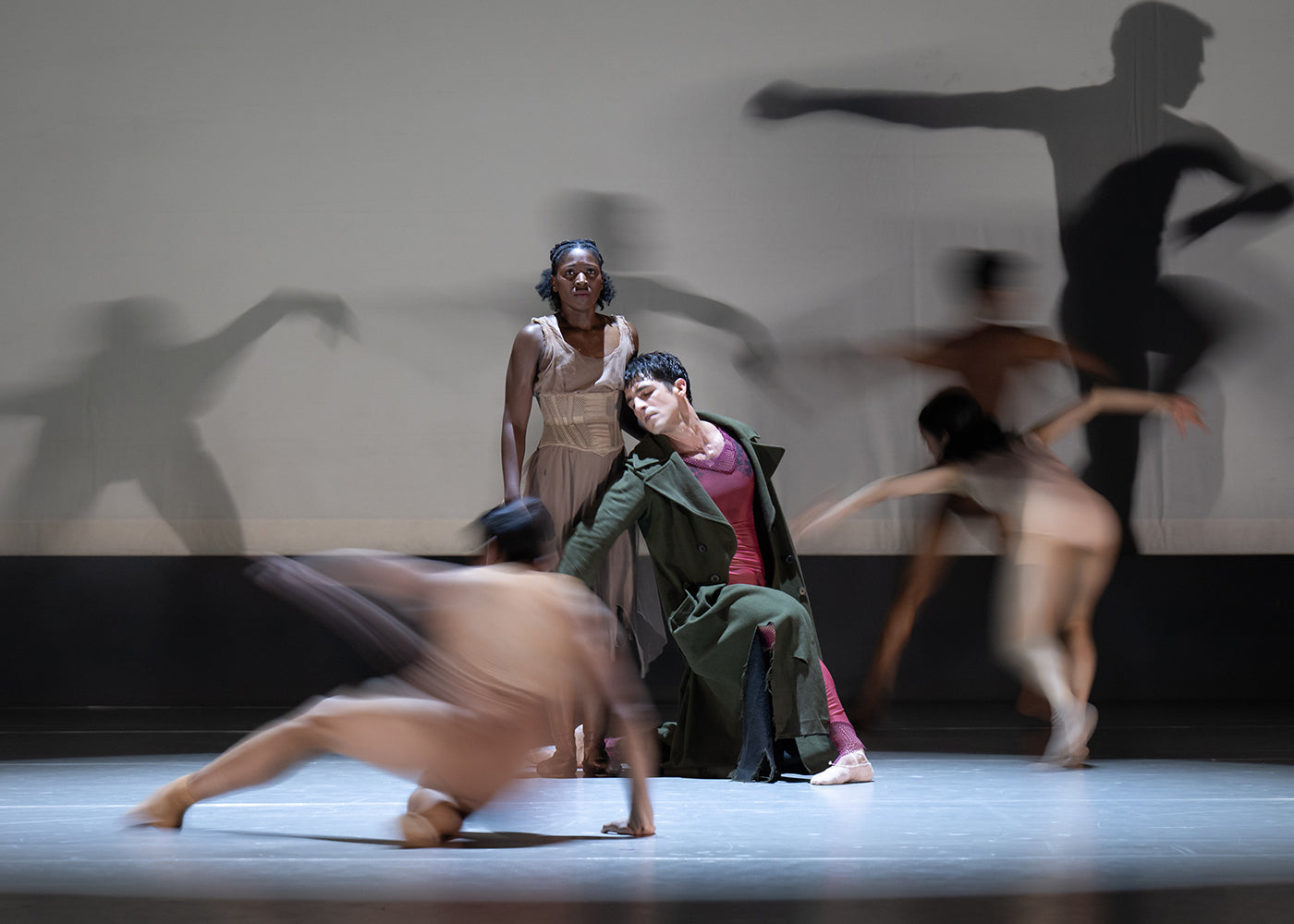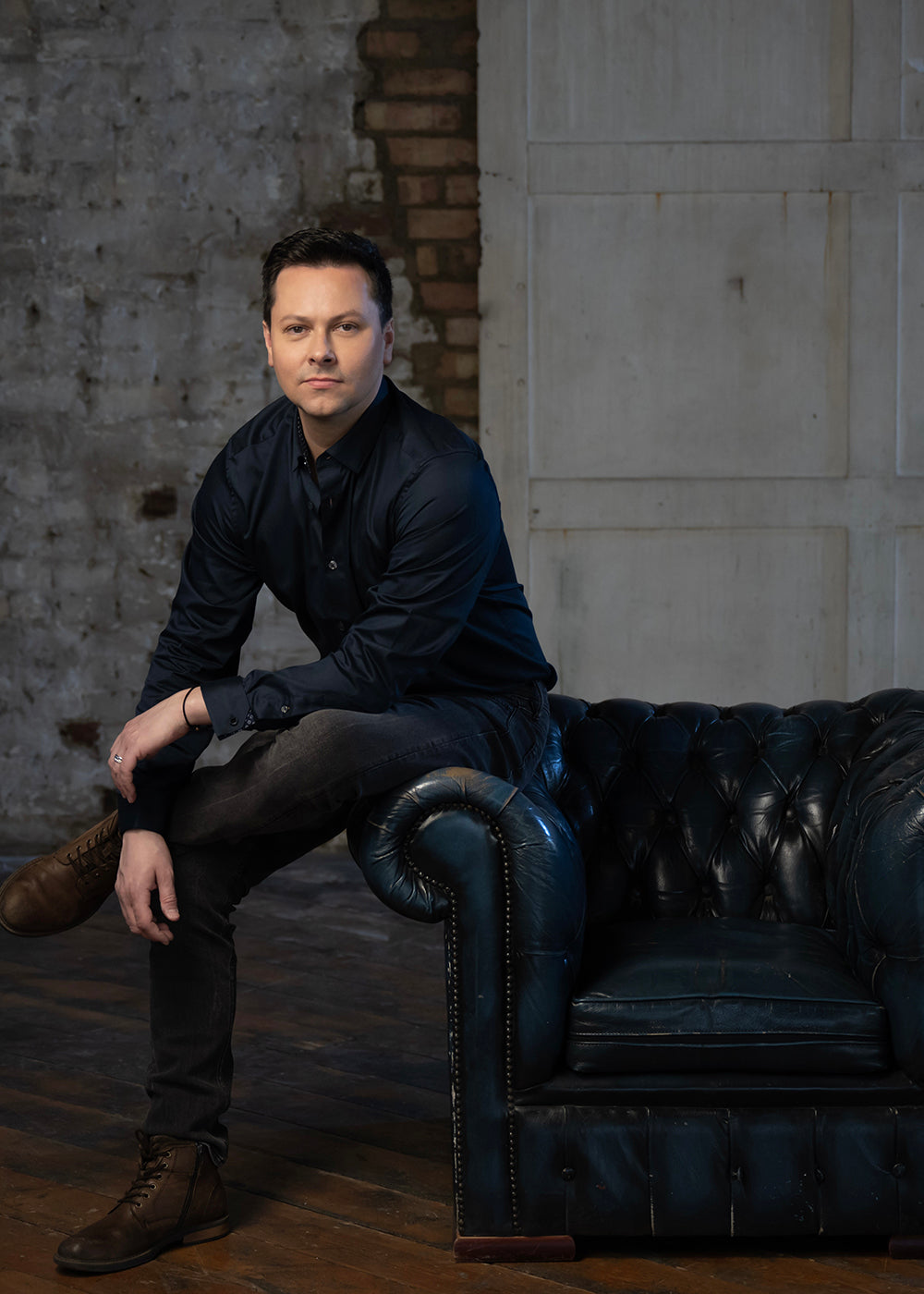In 2024, there are a lot of discussions about the future of ballet and its relevance as a historically elitist art. London City Ballet’s model—forgoing the classics in favour of shorter works, touring to diverse locations—seems to be a practical way to ensure more people can get access to ballet and enjoy it. In this sense, do you feel that you are aiding the form’s survival?
I hope so. By touring a mixed program of works, it's definitely more appealing and accessible to audience goers who might be put off by seeing “Swan Lake.” A lot of people would see the title of a big ballet like that and have a preconceived idea, whether they've seen it or not, as to if they’d like it. With the mixed programs, we can say, “There are some things you'll like, maybe some things you won't, but there will definitely be something in this that you can relate to.” Interestingly, I always hang around after performances in the foyers, listening to the comments of audience members as they leave the theatre, and quite a few times I heard people saying, “Oh, I didn't know I liked contemporary dance until now.” I thought, “Well, that feels like we've achieved our goal. Not only have we attracted people to come to see us, but we’ve given them a different influence.” That model is definitely something that I want to keep going forward. I will always include heritage work, too, because those ballets are important to retain the history and the roots of what we do, but I will also commission a brand new work each season. That way, the company has its own identity through pieces made on them.
To continue on this idea of helping ballet relate more to our times, earlier in your career you performed with both Mathew Bourne’s company and Ballet Boyz, two companies that have very clearly redefined ballet in their own terms, particularly in regards to queerness and allowing space for queerness in what—in terms of gender roles and story—is traditionally a very heteronormative art form.
How have those past experiences informed your understanding of what ballet can be and how, if at all, are you incorporating that into your vision for London City Ballet?
I come from quite a traditional background of training; I went to ballet school in London and we did the training as it has been set for many, many years. When I started working with Matthew, it was the first time that I danced with another man. It was also the first time that I experienced dancing a gay love story. Besides his queer version of “Swan Lake,” Matthew also made “Dorian Gray,” in which I created the role of Cyril Vane. There’s a gender swap from the Oscar Wilde novel, in which the character is an actress named Sybil Vane; in Matthew's version, the character is a man named Cyril. It was a really interesting time for me because there was the gender switch and then there was a gay love story within it. As a gay person, it was wonderful to be able to finally interpret that onstage.
Interestingly, looking back through heritage and historic work, there are gay stories that have been told, but it's harder to find choreographers from many years ago who were working in that idiom. When I was in New York last week, I had the opportunity to meet quite a few of the trusts and foundations of choreographers' works who were based there. There is one work that I'd like to include in our future seasons by Jerome Robbins that, while not explicitly queer, centres around male partnering. It's a beautiful, very serious ballet that I hope we'll be able to bring over to London City Ballet and perform in the UK. As you said, these kinds of works have informed my journey as an artist and they're also things that I'd like to incorporate within the new company.












comments